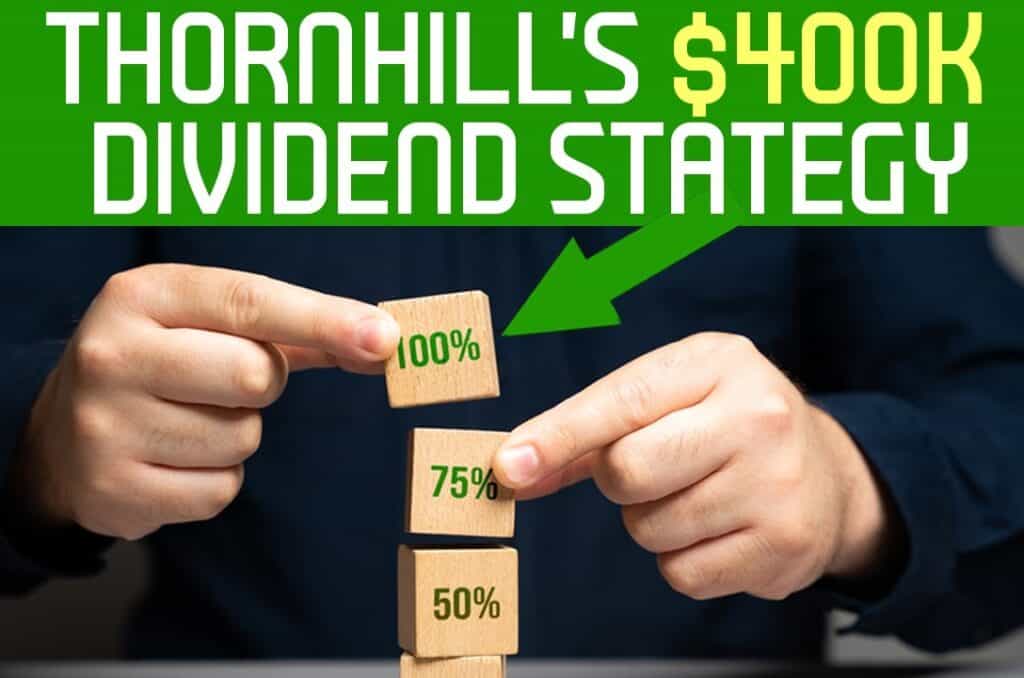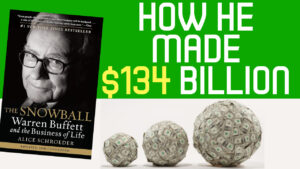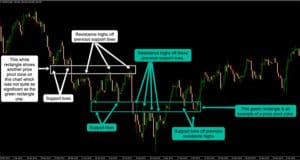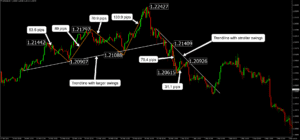Here’s an amazing fact: Peter Thornhill makes over $400,000 in dividend income. In the first part of this post we’ll briefly look at his background before moving on to his secret investing strategy in the second part.
He’s not a billionaire with wealth that can feel unrelatable; instead his investing tips provide a realistic journey that many people can achieve and find inspiration from.
Background story
Peter Thornhill worked for over 40 years in finance, holding positions such as director of a large unit trust group. Widely recognized for his expertise, he often features as a financial commentator in the media. Sharing his expertise in dividend growth investing through numerous blogs, podcasts, and forums has made him a fan favorite in the Australian financial community.
His book, Motivated Money, has sold over 60,000 copies, and it is an excellent read as many of the tips are highly relatable for the average retail investor.
In the book, he urges you to look at financial biases that come from our emotional investment in the story of a company. Additionally, Thornhill makes us aware of how our emotions influence how we determine if one investment is riskier than another due to preconceptions. He mentions that commonly held prejudices are often based on emotions rather than logic, and this leads to poor returns in the long term.
What is dividend investing?
In the book, he mentions that dividend investing is better than bond or fixed-income assets in the long run. In case you’re not aware, a stock dividend is a payment distributed to shareholders as additional shares instead of cash. Companies like to pay stock dividends in stocks rather than cash because it helps them keep more cash reserves, and investors can get a tax advantage.
Principles from his book Motivated Money
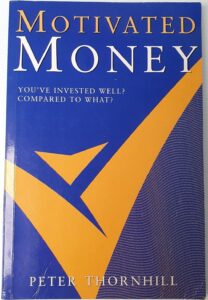
Peter Thornhill likes to invest in a wide range of Australian listed investment companies that expect to pay increasing dividends over time. His strategy is based on growing a passive dividend income from investing with great diversification while disregarding the daily stock price movements.
Here are some of the core principles from the book:
- Spend less than you earn. It may seem incredibly obvious, however how many people actually remain disciplined to a budget so they can have money left over to invest.
- Look into debt recycling. Simply put, it’s possible sometimes to change a mortgage into an investment loan to make the interest tax deductible. Debt recycling might be tax efficient however it can be a complicated area, so you should look for professional advice.
- Have a very well-diversified portfolio. Buying a well-diversified index fund or ETF is a far less risky way for the average investor with little time to research stocks.
Thornhill’s strategy revolves around owning productive companies likely to increase their dividends over time. To help achieve this, he looks at old-listed LIC investment companies with a very long track record of paying rising dividends. These LIC companies offer him a reliable way to invest as they often own multiple companies offering large portfolio diversification. He’s found listed investment company dividends more steady than many other companies due to their ability to hold large cash reserves.

Let’s address a potentially major disadvantage of dividend investing called the dividend value trap. It’s tempting to seek the stocks with the biggest dividend yield, however it can often be a way to attract new investors to a struggling company.
A key tip to help with spotting a warning sign is to look at the company’s payout ratio, which compares the company’s net income to dividend payments. A company that pays out more than what it makes is probably not going to keep up the dividend payout for long and will likely be heading into financial trouble.
Also, you want to look at the cash flow and other significant factors and compare them to the dividend payout. If the cash flow growth has declined, but dividend payouts are increasing, then you want to be cautious. The book states that you should focus on owning the growing companies to build your income instead of chasing the highest yields.
He advises you to reinvest as much as possible until your dividend income is more than your expenses. This would allow you to live off your dividends indefinitely without worrying so much about asset allocation or short-term price fluctuations. During reduced dividends and uncertainty, he can rely on his cash reserves and adjust his spending habits to bridge the gap to live comfortably.
Of course, market crashes are going to happen, however he’s focused on the long-term outlook for the markets. He suggests looking at an index chart such as the S&P 500 to see the overall long-term trend to help you gain confidence, particularly during market crashes.
Investing much of his savings and reinvesting his returns was the key to compounding his portfolio growth. Being aware of changes in dividend policy helps Peter Thornhill have a steady income. The information about dividend policies can usually be found on the company’s website, and you must pay attention to the company news.
Instead of having a very expensive lifestyle, he keeps his money in assets that continue to generate income that beats inflation. Having this mindset and discipline has allowed him to have the opportunity to stop trading his time for money so he can instead focus more on his family, hobbies, and other things.
Additionally, he tries to do philanthropy in his free time, and he plans to put much of his investments in a charitable trust to donate dividend income to good causes.
He advises selecting suitable, reliable, and boring shares with a proven track record. Of course, dividend investing has many advantages and disadvantages; therefore, it’s crucial to pick an investing style that suits you. If you enjoyed reading this make sure you check out more content from the blog.

